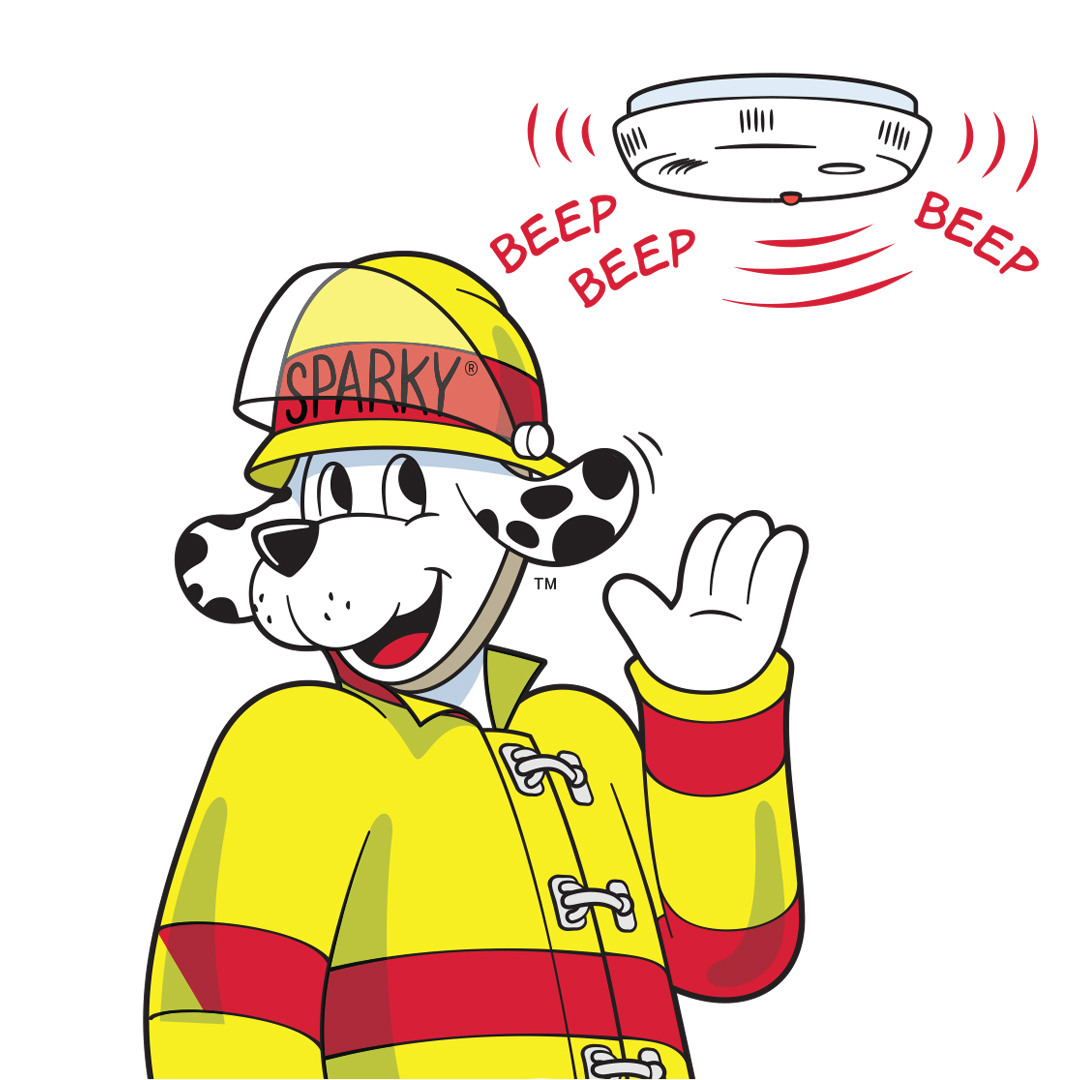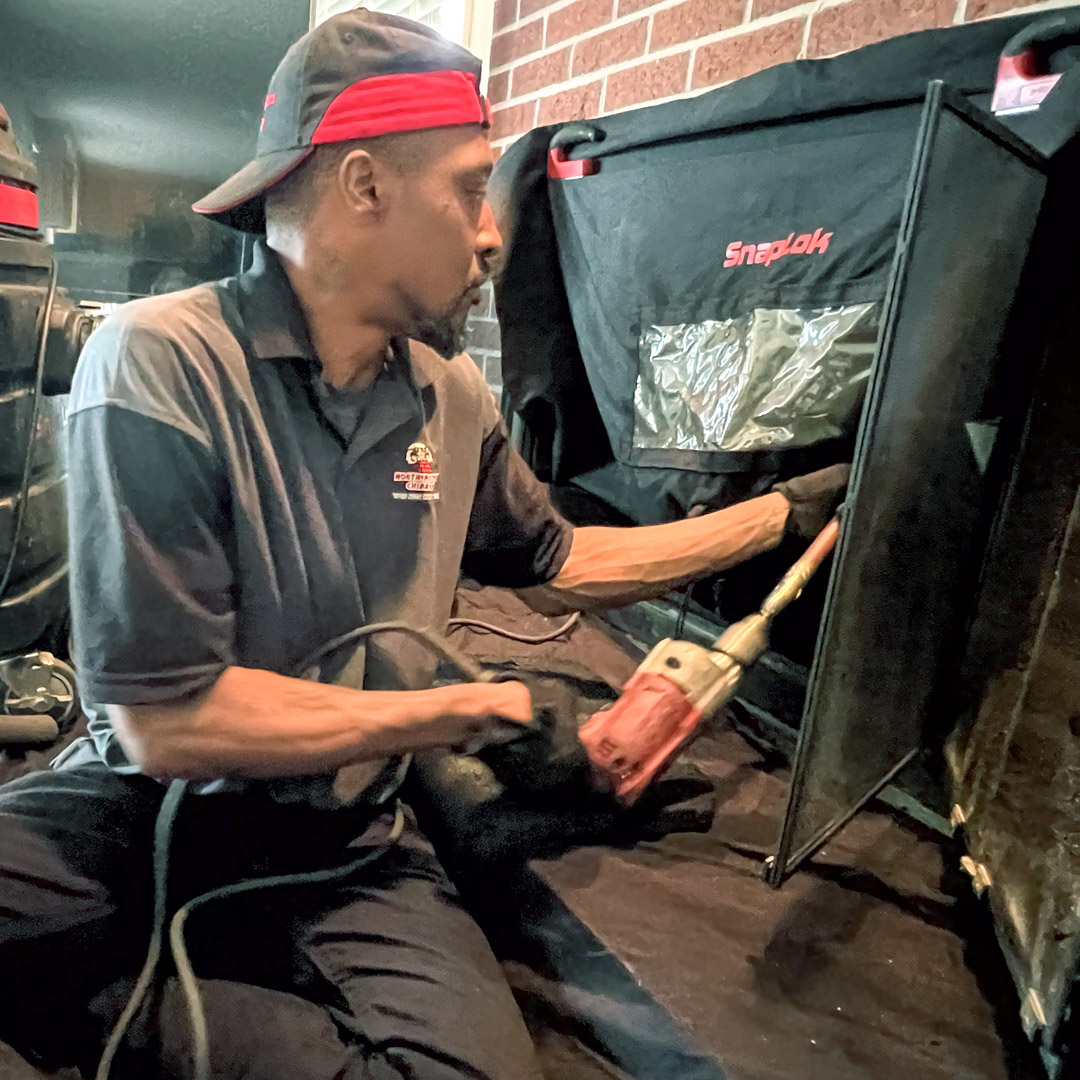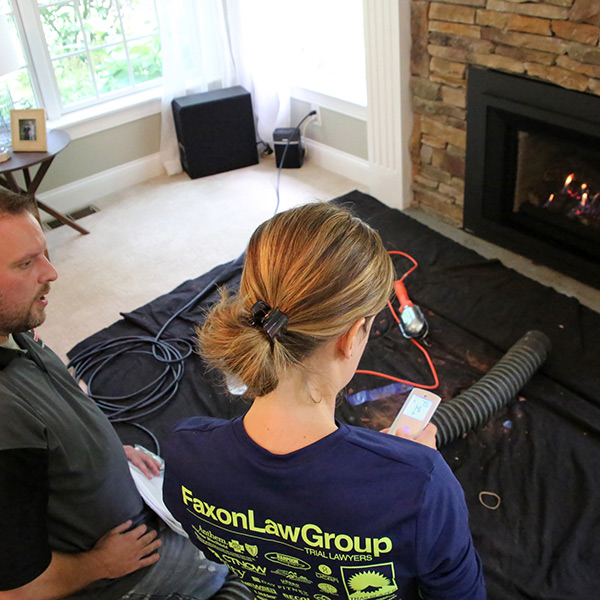The Hidden Dangers of Delaying Chimney Maintenance
Schedule your inspection now before the rush
As the colder months approach, it’s natural to start thinking about cozying up by the fireplace with your family. But before you strike that match and light your first fire of the season, there’s a crucial home maintenance task that you shouldn’t overlook: your chimney.

Many homeowners hold a mistaken belief:
Chimney inspections and repairs can wait until visible problems occur.
But the truth is—waiting for visible signs of damage or malfunction could put your home and family at risk. Hidden issues often develop out of sight, leading to dangerous situations if not addressed early on. Regular chimney maintenance isn’t just about keeping your home warm; it’s about safeguarding your home, health, and wallet.
Unlike other parts of your home, a chimney is an enclosed structure, which makes it easy to overlook potential problems until they escalate. Often, damage starts small but grows progressively worse over time. By the time you see visible signs, the damage may have already led to unsafe conditions. Here are some of the risks you may face by delaying a professional inspection:
Chimney Fires:
One of the biggest hazards of a neglected chimney is the risk of fire. Over time, a substance called creosote builds up on the inner walls of your chimney. This highly flammable material can ignite and cause a devastating fire that spreads quickly through your home. Even a small chimney fire can cause structural damage, and in severe cases, affect the surrounding walls and floors in and around the chimney.
Carbon Monoxide Poisoning:
Cracks, blockages, or deteriorating mortar in your chimney can prevent toxic gases like carbon monoxide from venting properly. When this odorless, colorless gas is unable to escape your home, it can cause serious health problems and even be fatal. Carbon monoxide poisoning is particularly dangerous because it often goes unnoticed until it’s too late. Regular inspections can catch these issues early, preventing life-threatening situations.
Water Damage and Structural Deterioration:
Your chimney is exposed to the elements year-round, and moisture is its biggest enemy. If left unchecked, water can seep into small cracks in the chimney, causing brick and mortar to deteriorate. Over time, this can lead to extensive damage not only to the chimney itself but also to your home’s interior walls and ceilings. The result? Costly repairs that could have been easily avoided with regular maintenance.
Animal Infestations:
Small animals, such as birds and squirrels, often find chimneys an ideal place to build nests. While these nests might seem harmless, they can cause serious blockages, which prevent smoke and toxic gases from escaping your home. Additionally, these animals can bring diseases and pests, creating an unhealthy environment for your family. Regular inspections can ensure that your chimney is clear of any obstructions.

Benefits of Regular Chimney Maintenance
Regular chimney maintenance isn’t just about avoiding disasters; it’s about enhancing your home’s safety, efficiency, and longevity. Here’s why it’s so important:
Catch Small Issues Early:
Routine chimney inspections allow you to identify minor issues before they become major (and more expensive) problems. Whether it’s small cracks, debris build-up, or early signs of water damage, addressing these issues early will save you from costly repairs in the future.
Ensure Proper Ventilation:
A well-maintained chimney ensures that harmful gases like carbon monoxide are properly vented out of your home. This ventilation is critical to maintaining healthy air quality indoors.
Improve Heating Efficiency:
If your chimney is blocked or damaged, your fireplace or heating system may not work efficiently. Proper airflow is essential to keeping your home warm without excessive energy use. By maintaining your chimney, you can lower your energy costs and improve your home’s overall efficiency.
Prolong the Life of Your Chimney:
Regular inspections and cleanings help extend the life of your chimney. Without proper care, minor issues like moisture exposure or creosote build-up can lead to premature wear and tear, requiring a costly overhaul or even replacement of the entire structure.
Stay in Compliance with Homeowners Insurance:
In some cases, insurance companies may require proof of regular chimney inspections and maintenance to provide coverage in the event of damage caused by a chimney fire or other related issues. Staying on top of your chimney’s upkeep ensures that you remain in good standing with your insurer.
Signs Your Chimney Needs Immediate Attention:
While annual inspections are the best way to ensure your chimney is functioning properly, there are a few warning signs that may indicate your chimney requires immediate attention. If you notice any of the following, contact a professional right away:
- Visible cracks in the chimney or surrounding masonry
- Excessive creosote buildup inside the fireplace
- A strong, unpleasant odor coming from the chimney
- Water stains on the walls or ceiling near the chimney
- Smoke filling the room or trouble starting a fire
These symptoms often point to underlying issues that could pose serious risks to your home and health if left unaddressed.
Protect Your Home Today!
At Best Chimney, we understand the importance of maintaining a safe and efficient chimney. Don’t wait for visible problems to arise—schedule your inspection today and enjoy peace of mind knowing your home is safe, warm, and energy-efficient.
P.S. Have any questions about chimney maintenance? Our experts are here to help. We’re just a phone call or email away!
The post The Hidden Dangers of Delaying Chimney Maintenance appeared first on Boston's Best Chimney.
 Celebrating Fire Prevention Week in Hartford County, CT
Celebrating Fire Prevention Week in Hartford County, CT Remember:
Remember:



 What Causes Spalling Bricks?
What Causes Spalling Bricks? Northeastern Chimney, Inc. are here for you.
Northeastern Chimney, Inc. are here for you. 

 A fireplace is a must-have for many new homeowners. The cozy ambiance that it brings to a home is not to beat. A room with a fireplace is usually the focal point of a home. A gathering place. A gas fireplace is certainly easier to keep up, but it is not completely self-maintained.
A fireplace is a must-have for many new homeowners. The cozy ambiance that it brings to a home is not to beat. A room with a fireplace is usually the focal point of a home. A gathering place. A gas fireplace is certainly easier to keep up, but it is not completely self-maintained. By keeping your gas fireplace in tip-top shape you will enjoy years of enjoyment. Cleaning out your fireplace is your first effort to keep an efficient fireplace. When it comes to the big jobs, contact Northeastern Chimney for a
By keeping your gas fireplace in tip-top shape you will enjoy years of enjoyment. Cleaning out your fireplace is your first effort to keep an efficient fireplace. When it comes to the big jobs, contact Northeastern Chimney for a